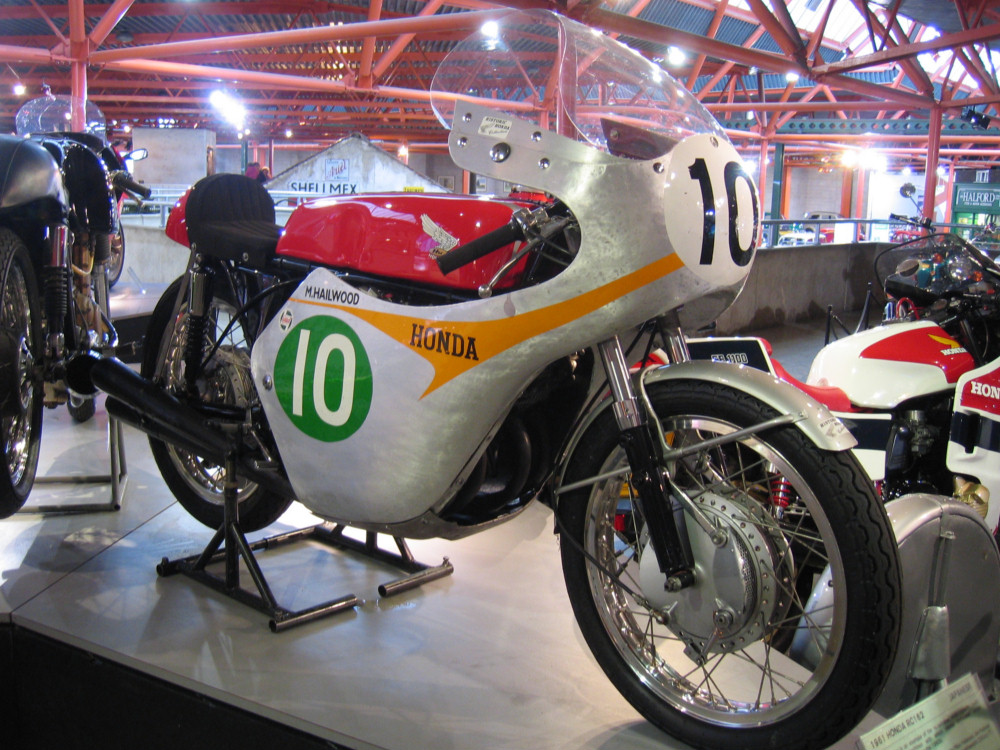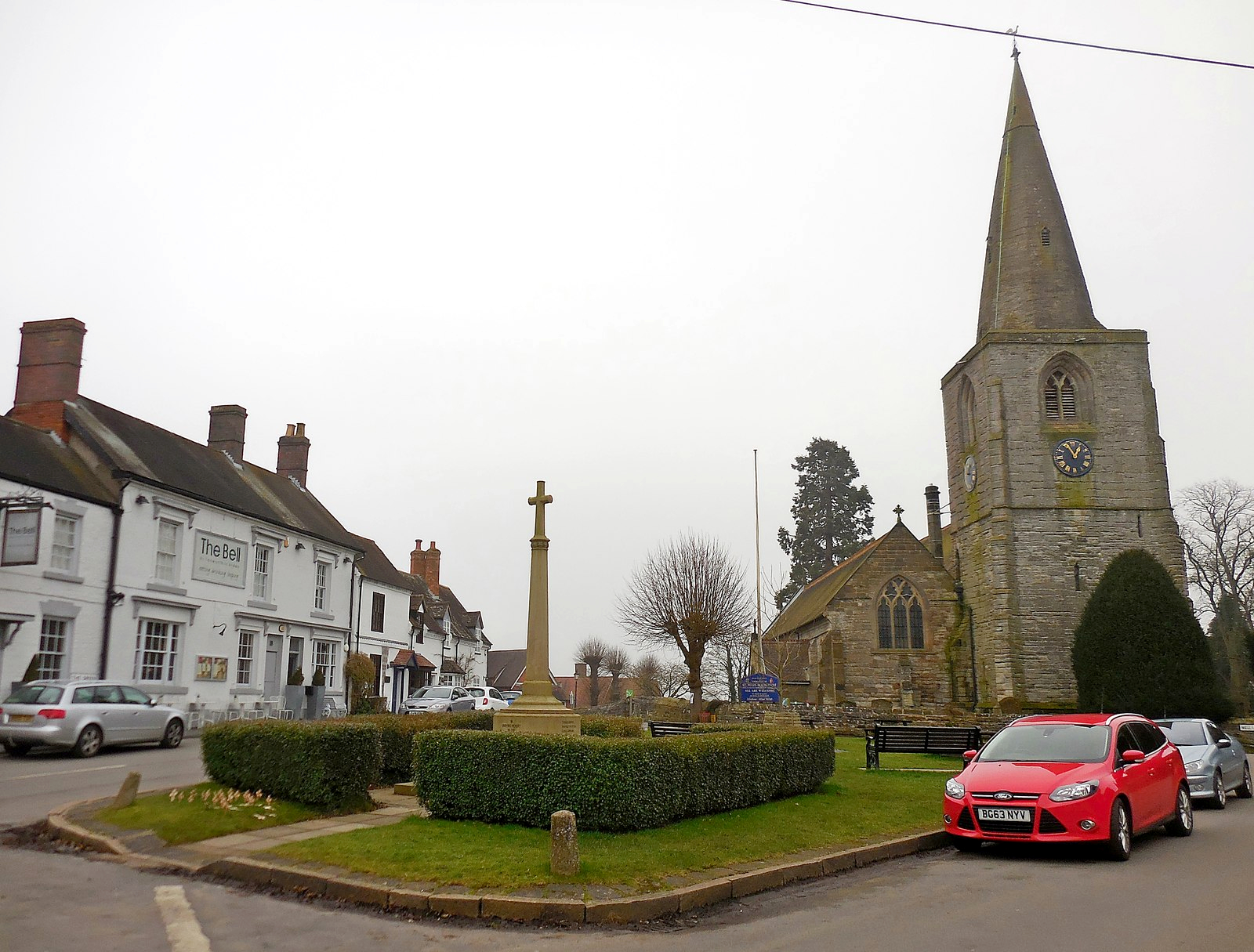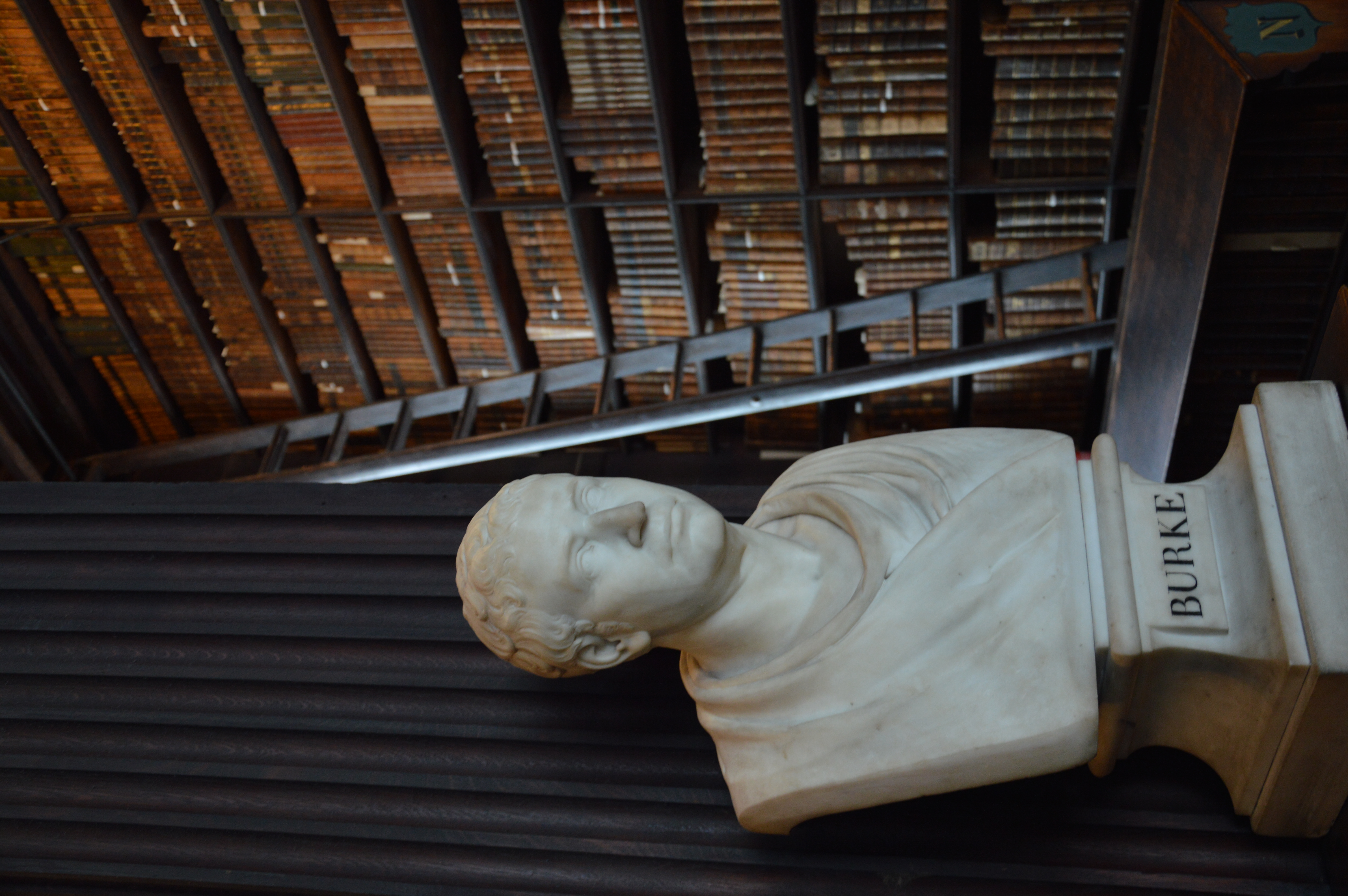|
St Mary Magdalene's Church, Tanworth-in-Arden
The Church of St Mary Magdalene is an Anglican church in the village of Tanworth-in-Arden, in Warwickshire, England, and in the Diocese of Birmingham. The building dates from the 13th and 14th centuries, with modifications in the 18th and 19th centuries. It is Grade I listed. History and description There is a chancel, a nave with a wide north aisle, porches and a west tower with a spire.'Parishes: Tanworth', in ''A History of the County of Warwick: Volume 5, Kington Hundred'', ed. L F Salzman (London, 1949), pp. 165-175 British History Online. Retrieved 24 July 2023. The church was built in the period from the 13th century to about 1330–40. It is thought there was originally a chapel built in the early 13 ... [...More Info...] [...Related Items...] OR: [Wikipedia] [Google] [Baidu] |
Tanworth-in-Arden
Tanworth-in-Arden (; often abbreviated to Tanworth) is a small village and civil parish in the county of Warwickshire, England. It is southeast of Birmingham and northeast of Redditch, and is administered by Stratford-on-Avon District Council. The civil parish includes Tanworth-in-Arden itself plus the nearby settlements of Earlswood, Wood End, Forshaw Heath, Aspley Heath and Danzey Green. The population of the parish was 3,104 at the 2011 UK census. History The village is of Anglo-Saxon origin, with the name derived from ''Tanewotha''; meaning the thane's 'worth' or estate. In the 19th century, the suffix 'in-Arden' was added to the name, in order to avoid confusion with the town of Tamworth in Staffordshire, it refers to the Forest of Arden in which the village lay. The parish was at one time very extensive, covering land that now includes Hockley Heath, Earlswood and beyond. In the 14th century, the important families of the area were the Archers of Umberslade Hall, the de ... [...More Info...] [...Related Items...] OR: [Wikipedia] [Google] [Baidu] |
Andrew Archer, 2nd Baron Archer
Andrew Archer, 2nd Baron Archer (29 July 1736 – 18 April 1778), 18th-century British Whig politician, styled the Hon. Andrew Archer between 1747 and 1768. Life The son of Thomas, 1st Baron Archer, by Catherine, daughter of Sir Thomas Tipping, 1st Baronet, he was educated at Eton College before going up to Trinity College, Oxford. In 1761 he was returned to Parliament for both Bramber and Coventry, but chose to sit for Coventry, which he represented until 1768 when he succeeded to his father's title and took his seat in the House of Lords. He inherited Umberslade Hall near Tanworth and served as Recorder of Coventry from 1769 until his death. Lord Archer died at Portman Square, Marylebone, London, in April 1778, aged 41, and was buried at Tanworth. His monument was sculpted by John Hickey.Dictionary of British Sculptors 1660-1851 by Rupert Gunnis p.200 He married Sarah, daughter of James West of Alscot Park, in 1761 and had one son and 4 daughters. His son predeceas ... [...More Info...] [...Related Items...] OR: [Wikipedia] [Google] [Baidu] |
Grade I Listed Churches In Warwickshire
Grade most commonly refers to: * Grade (education), a measurement of a student's performance * Grade, the number of the year a student has reached in a given educational stage * Grade (slope), the steepness of a slope Grade or grading may also refer to: Music * Grade (music), a formally assessed level of profiency in a musical instrument * Grade (band), punk rock band * Grades (producer), British electronic dance music producer and DJ Science and technology Biology and medicine * Grading (tumors), a measure of the aggressiveness of a tumor in medicine * The Grading of Recommendations Assessment, Development and Evaluation (GRADE) approach * Evolutionary grade, a paraphyletic group of organisms Geology * Graded bedding, a description of the variation in grain size through a bed in a sedimentary rock * Metamorphic grade, an indicatation of the degree of metamorphism of rocks * Ore grade, a measure that describes the concentration of a valuable natural material in the surroundin ... [...More Info...] [...Related Items...] OR: [Wikipedia] [Google] [Baidu] |
Grade I Listed Buildings In Warwickshire
There are over 9,000 Grade I listed buildings in England. This page is a list of these buildings in the county of Warwickshire, by district. North Warwickshire Nuneaton and Bedworth Rugby Stratford-on-Avon Warwick See also * Grade II* listed buildings in Warwickshire Notes ReferencesNational Heritage List for England External links {{GradeIListedbuilding |
Richard Lee Monument 2
Richard is a male given name. It originates, via Old French, from Old Frankish and is a compound of the words descending from Proto-Germanic ''*rīk-'' 'ruler, leader, king' and ''*hardu-'' 'strong, brave, hardy', and it therefore means 'strong in rule'. Nicknames include "Richie", "Dick", "Dickon", " Dickie", "Rich", "Rick", "Rico", "Ricky", and more. Richard is a common English, German and French male name. It's also used in many more languages, particularly Germanic, such as Norwegian, Danish, Swedish, Icelandic, and Dutch, as well as other languages including Irish, Scottish, Welsh and Finnish. Richard is cognate with variants of the name in other European languages, such as the Swedish "Rickard", the Catalan "Ricard" and the Italian "Riccardo", among others (see comprehensive variant list below). People named Richard Multiple people with the same name * Richard Andersen (other) * Richard Anderson (other) * Richard Cartwright (other) * Ri ... [...More Info...] [...Related Items...] OR: [Wikipedia] [Google] [Baidu] |
Mike Hailwood
Stanley Michael Bailey Hailwood, (2 April 1940 – 23 March 1981) was a British professional motorcycle racer and racing driver. He is regarded by many as one of the greatest racers of all time. He competed in the Grand Prix motorcycle world championships from 1958 to 1967 and in Formula One between 1963 and 1974. Hailwood was known as "Mike The Bike" because of his natural riding ability on motorcycles with a range of engine capacities. Motor Cycle, 19 August 1965. p. 242/244. Hutchinson 100. ''Hailwood assortment. "Doesn't make much odds what model Mike the Bike wheels out; he's likely to win on it. As at Silverstone last Saturday at BMCRC Hutchinson 100 meeting where, on such a variety of machinery as an AJS three-fifty, a BSA LIghtning, and (well, of course) the MV Agusta four, he collected a trio of laurel wreaths."'' Accessed 30 March 2014Carrick, Peter ''Motor Cycle Racing'' Hamlyn Publishing, 1969, p. 68 "''Between 1962 and 1965 Hailwood was supreme in the 500& ... [...More Info...] [...Related Items...] OR: [Wikipedia] [Google] [Baidu] |
Nick Drake
Nicholas Rodney Drake (19 June 1948 – 25 November 1974) was an English singer-songwriter known for his acoustic guitar-based songs. He did not find a wide audience during his lifetime, but his work gradually achieved wider notice and recognition. MacDonald, IanExiled from Heaven. ''Mojo Magazine'', January 2000. Drake signed to Island Records when he was 20 years old and a student at the University of Cambridge. He released his debut album, ''Five Leaves Left'', in 1969. He recorded two more albums—''Bryter Layter'' (1971) and ''Pink Moon'' (1972). Neither sold more than 5,000 copies on initial release. His reluctance to perform live, or be interviewed, contributed to his lack of commercial success. There is no known video footage of the adult Drake; he was only ever captured in still photographs and in home footage from his childhood. Drake experienced depression, particularly during the latter part of his life, a fact often reflected in his lyrics. On completion of his th ... [...More Info...] [...Related Items...] OR: [Wikipedia] [Google] [Baidu] |
John Hickey (sculptor)
John Hickey (1751–1795) was an Irish sculptor. Life Born in Dublin on 7 November 1751, John was the fourth son of Noah Hickey, a confectioner in Capel Street, and his wife Anne. His older brothers included the artist Thomas Hickey. John was apprenticed to a Dublin carver and attended the Dublin Society Schools before travelling to London in 1776 to study further at the Royal Academy Schools. In 1778 he won the Royal Academy Gold Medal for his sculpture ''Slaughter of the Innocents''. He exhibited at the Royal Academy in London from 1777 until death. Edmund Burke was enthusiastic in promoting his work to create a statue of Henry Grattan in Dublin. In 1786 he was appointed Sculptor to the Prince of Wales. He died whilst walking on Oxford Street in London on 12 January 1795. Works *Monument to William Dowdeswell at Bushley (1775) *Monument to Samuel Foster at Grantham (1778) *Monument to Lord Andrew Archer at the Church of St Mary Magdalene, Tanworth-in-Arden (1778) *M ... [...More Info...] [...Related Items...] OR: [Wikipedia] [Google] [Baidu] |
Thomas Archer (MP For Warwickshire)
Thomas Archer (ca. 1619 – 1685) was an English politician who sat in the House of Commons in 1659 and 1660. He fought in the Parliamentary army in the English Civil War. Life Archer was the eldest surviving son of Sir Simon Archer of Umberslade Hall in Tanworth in Arden, Warwickshire and his wife by Anne Ferrers, daughter of Sir John Ferrers of Tamworth Castle, Staffordshire. He was baptised on 14 January 1619. Archer served as a Parliamentary Colonel during the English Civil War. In 1659, he was elected Member of Parliament for Warwick in the Third Protectorate Parliament. He was elected MP for Warwickshire in April 1660 for the Convention Parliament. Archer died at the age of about 66 and was buried at the Church of St Mary Magdalene, Tanworth-in-Arden on 25 October 1685. Family Archer married Anne Lye daughter of Richard Lye or Leigh, merchant of London by 1650, They had three sons and two daughters. His eldest son and heir was Andrew Archer and his second son was Tho ... [...More Info...] [...Related Items...] OR: [Wikipedia] [Google] [Baidu] |
Warwickshire
Warwickshire (; abbreviated Warks) is a county in the West Midlands region of England. The county town is Warwick, and the largest town is Nuneaton. The county is famous for being the birthplace of William Shakespeare at Stratford-upon-Avon and Victorian novelist George Eliot, (born Mary Ann Evans), at Nuneaton. Other significant towns include Rugby, Leamington Spa, Bedworth, Kenilworth and Atherstone. The county offers a mix of historic towns and large rural areas. It is a popular destination for international and domestic tourists to explore both medieval and more recent history. The county is divided into five districts of North Warwickshire, Nuneaton and Bedworth, Rugby, Warwick and Stratford-on-Avon. The current county boundaries were set in 1974 by the Local Government Act 1972. The historic county boundaries included Coventry, Sutton Coldfield and Solihull, as well as much of Birmingham and Tamworth. Geography Warwickshire is bordered by Leicestershire to the nort ... [...More Info...] [...Related Items...] OR: [Wikipedia] [Google] [Baidu] |
Nave
The nave () is the central part of a church, stretching from the (normally western) main entrance or rear wall, to the transepts, or in a church without transepts, to the chancel. When a church contains side aisles, as in a basilica-type building, the strict definition of the term "nave" is restricted to the central aisle. In a broader, more colloquial sense, the nave includes all areas available for the lay worshippers, including the side-aisles and transepts.Cram, Ralph Adams Nave The Catholic Encyclopedia. Vol. 10. New York: Robert Appleton Company, 1911. Accessed 13 July 2018 Either way, the nave is distinct from the area reserved for the choir and clergy. Description The nave extends from the entry—which may have a separate vestibule (the narthex)—to the chancel and may be flanked by lower side-aisles separated from the nave by an arcade. If the aisles are high and of a width comparable to the central nave, the structure is sometimes said to have three naves. ... [...More Info...] [...Related Items...] OR: [Wikipedia] [Google] [Baidu] |
Chancel
In church architecture, the chancel is the space around the altar, including the choir and the sanctuary (sometimes called the presbytery), at the liturgical east end of a traditional Christian church building. It may terminate in an apse. Overview The chancel is generally the area used by the clergy and choir during worship, while the congregation is in the nave. Direct access may be provided by a priest's door, usually on the south side of the church. This is one definition, sometimes called the "strict" one; in practice in churches where the eastern end contains other elements such as an ambulatory and side chapels, these are also often counted as part of the chancel, especially when discussing architecture. In smaller churches, where the altar is backed by the outside east wall and there is no distinct choir, the chancel and sanctuary may be the same area. In churches with a retroquire area behind the altar, this may only be included in the broader definition of chancel. I ... [...More Info...] [...Related Items...] OR: [Wikipedia] [Google] [Baidu] |





